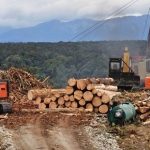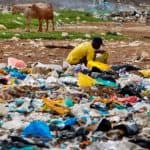50 Scientists will undertake expedition to analyze biodiversity in the Alto Mayo

The scientific expedition will last 16 days from August 16 to 31, and will be carried out in the extreme terrestrial and subterranean biodiversity (caves) of the Cerro Blanco karst, in Alto Mayo (town of Nueva Cajamarca).
The expedition will be carried out by the French Institute for Development Research (IRD) and the IGP, with the support of their Peruvian counterparts (INGEMMET, IIAP, UNMSM, UPCH, SERNANP, UNMSM Museum of Natural History).
Fifty Peruvian and foreign scientists will start an expedition in the Cerro Blanco karst, in the karst massifs of the Alto Mayo basin (San Martin), from August 16 to 31, 2017, in order to discover the secrets of the great terrestrial and subterranean biodiversity (caves) in this part of the Peruvian territory.
The research team will collect samples and data to identify the different reservoirs and water sources that feed the local populations; climatological information for the analysis of long and short term changes; biological data to better understand the origin of its exceptional fauna and flora, as well as paleontological studies to make an inventory of the fossil remains.
The scientific expedition will also focus its research on conducting a study of the impact of the development of sustainable local tourism on the subway ecosystems found inside the caves; this initiative has been working jointly with the inhabitants of the community of Palestina -Nueva Cajamarca to create a sustainable tourism circuit, which will lead to the development of models for the protection of the caves.
—
Press Coordination: Charlotte Tournier | 933 321 262 | [email protected]


